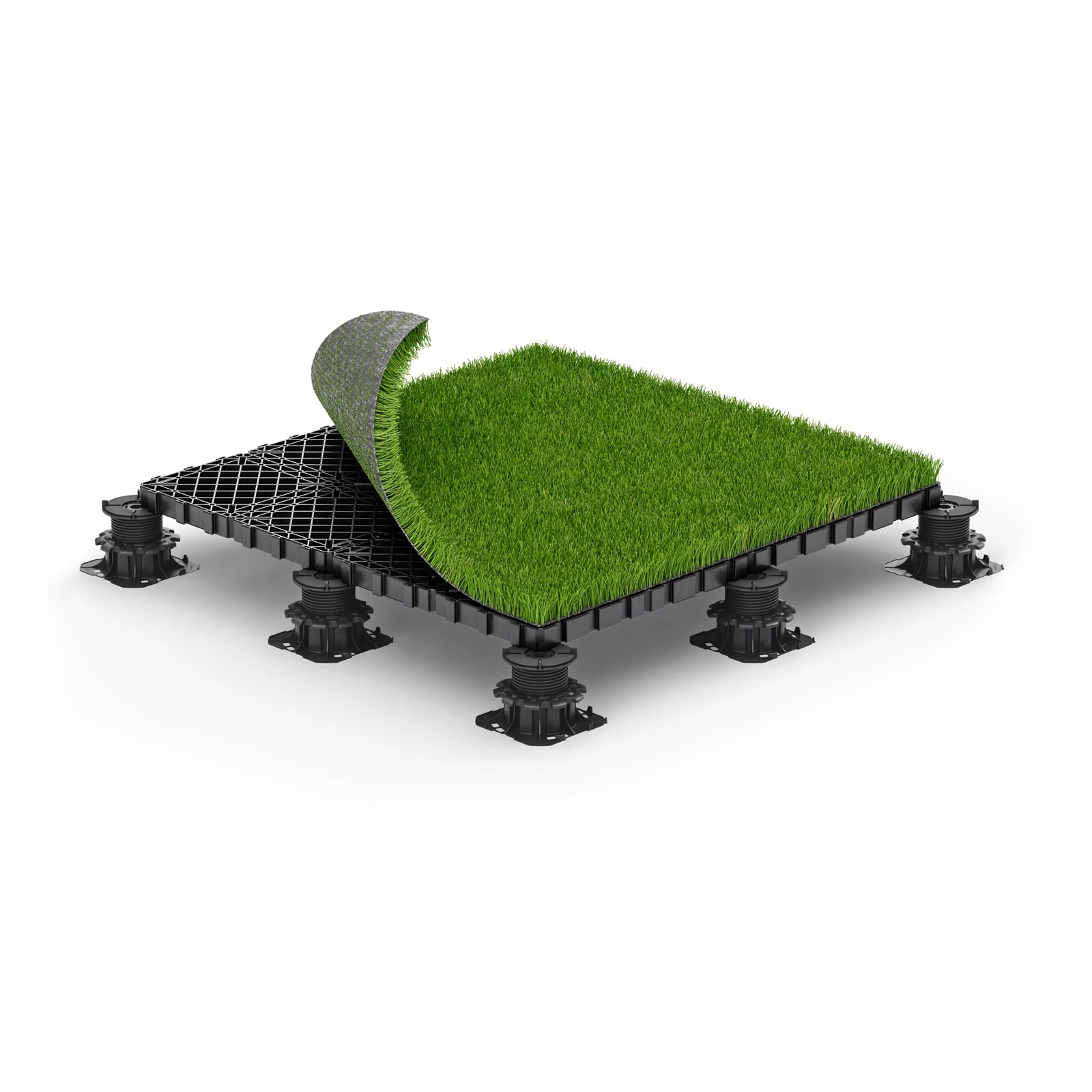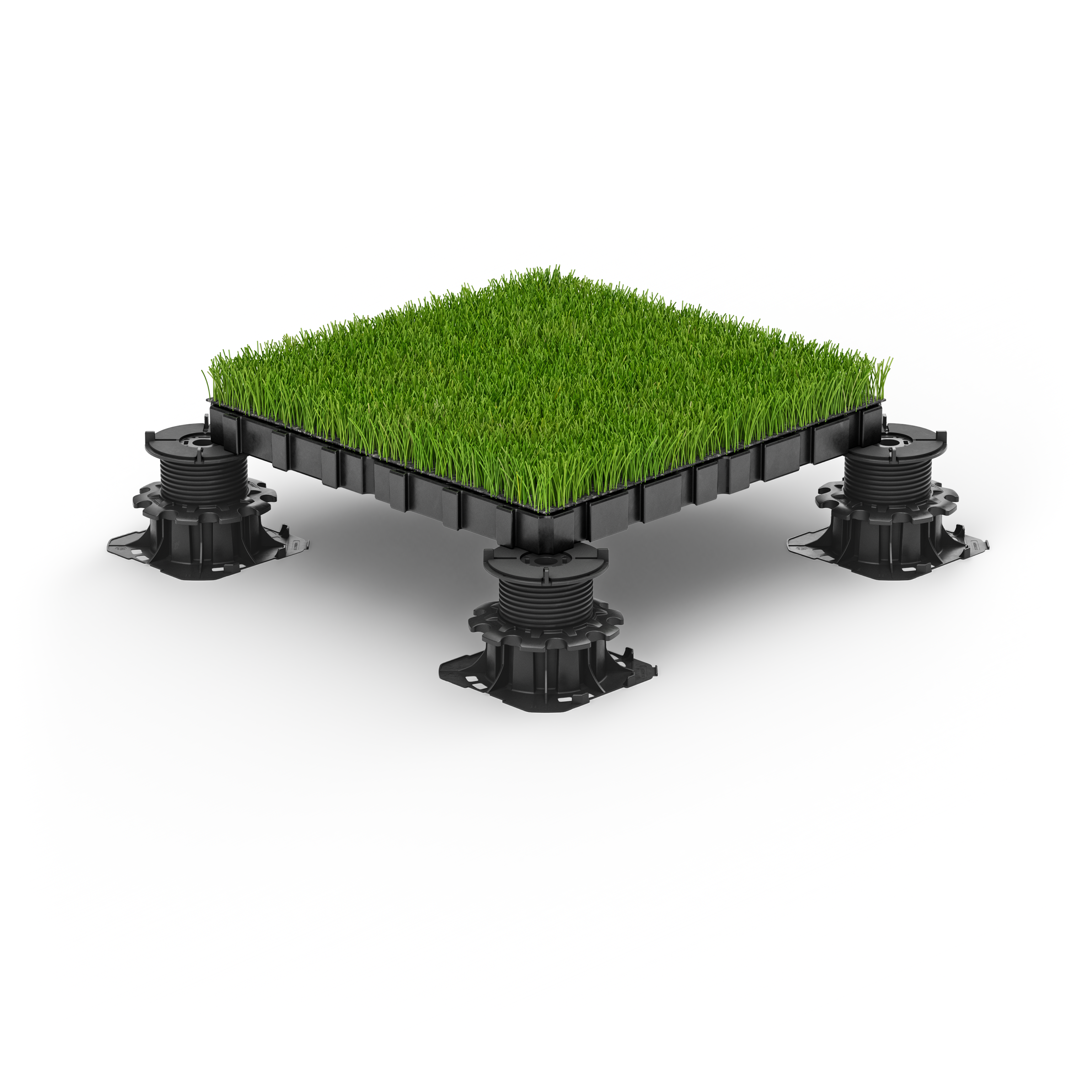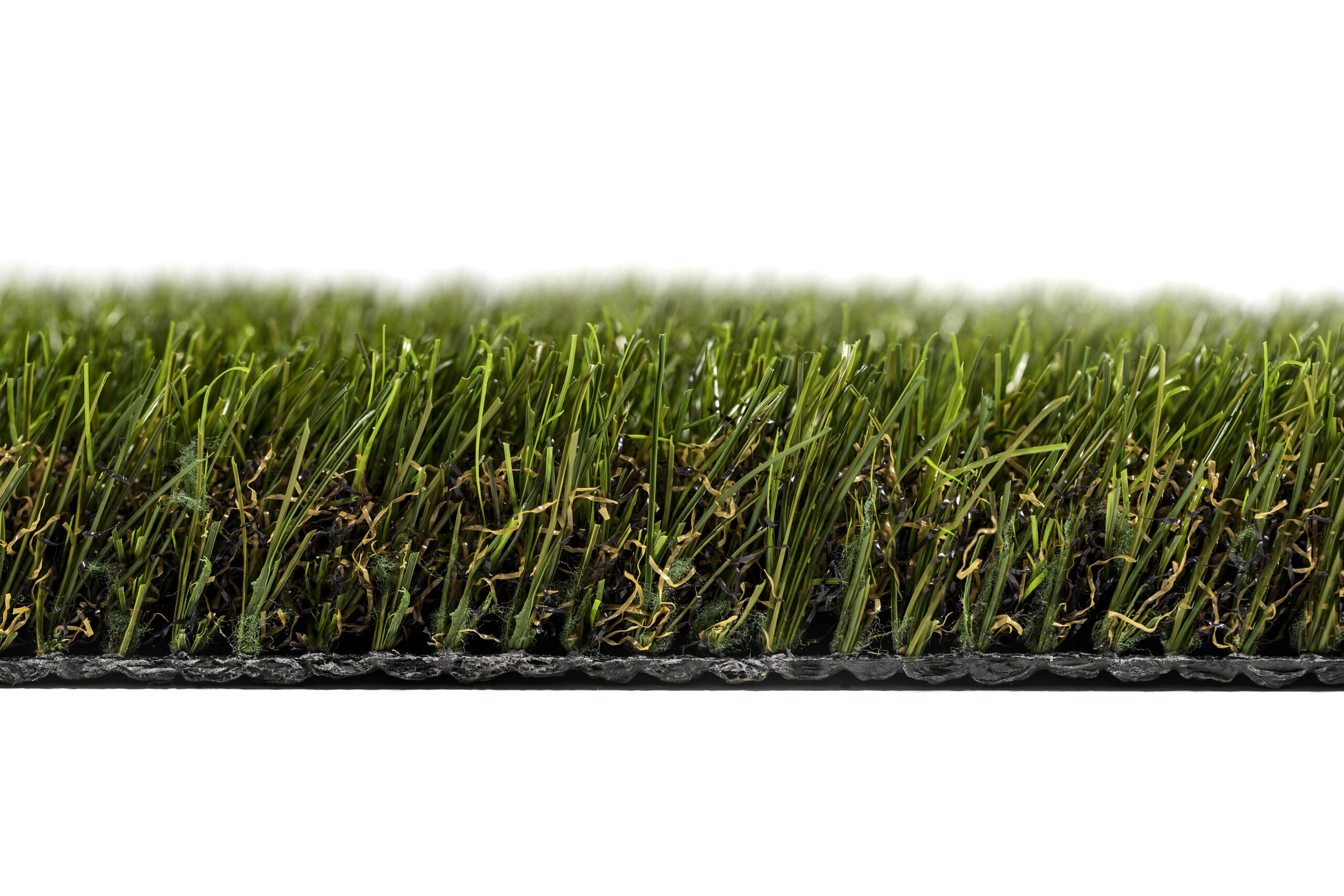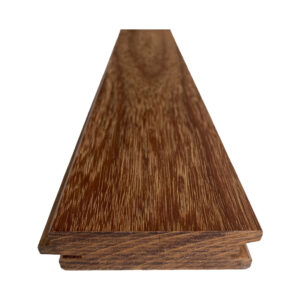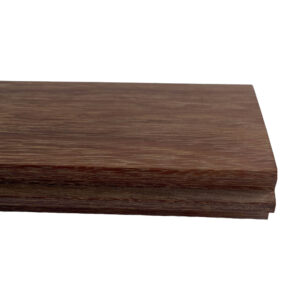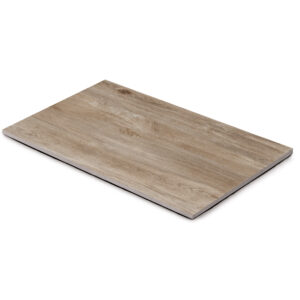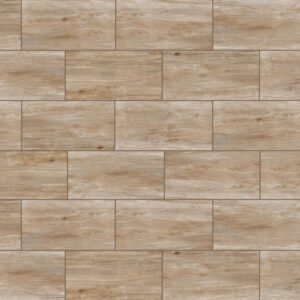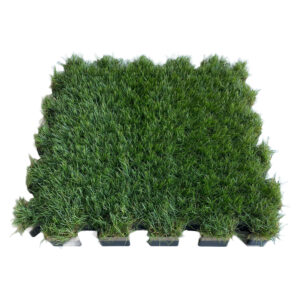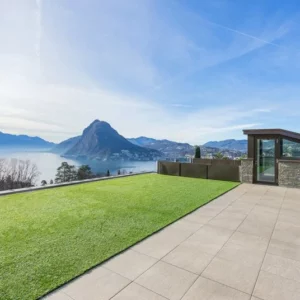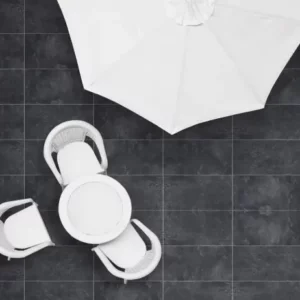30MM PINE SYNTHETIC GRASS
Manufacturer:
23,69 €/m2 excluding VAT 1.184,50 €/pack
PINE SYNTHETIC HERB 30MM is a roll of synthetic grass designed as an outdoor covering in place of existing or newly designed lawns, in ground support or as an increasingly popular alternative over raised paving systems
- Reduced water consumption, just necessary for their periodic cleaning
- Reduced energy consumption, zero interventions required for grass cutting
- Excellent drainage capacity, does not absorb moisture
- Shock-absorbing, shock-absorbing and fall-absorbing
- Coats that can also be used indoors
- Easy to install, can be cut directly on site
- Can be installed on adjustable supports and polypropylene plates
Sold in rolls of 50 square meters. Minimum order no. 1 roll of 50 sqm.
Description
30MM PINE SYNTHETIC GRASS
PINE SYNTHETIC HERB 30MM is a roll of synthetic grass designed as an outdoor covering in place of existing or newly designed lawns, in ground support or as an increasingly popular alternative over raised paving systems, due to thehigh degree of comfort andexcellent drainage capacity they provide.
The in-support system is characterized by the grass rolls, the adhesive joint band for connecting them together, and the silica sand for the infill, which gives weight and tightness to the finished floor. The complete overhead system consists of adjustable supports and polypropylene safety grids over which to lay the roll product. The joint band and sand then complete the floor, also raised. The finished result is a raised synthetic turf floor with all the benefits of raised technology and the aesthetics and comfort of a soft synthetic turf surface!
Non-slip according to standard EN 13451-1:2021
Some green surfaces are certified according to the Uni EN 13451-1_2021 standard “determination of anti-slip characteristics.” That Standard certifies a slip angle of “αa barefoot” for these products. This value validates products for installation in horizontal pool areas with certain water depths and in pool areas inclined up to a certain degree value, with a certain water depth.
Reduced water and energy consumption
By 2025 more than half of the world’s inhabitants will not have enough water to live on (UN source). These projections make it essential to start thinking about systems and solutions, even and especially inBuilding and Construction, that minimize water consumption to protect existing resources to be used for much more important purposes. Turfgrass turfs require minimal water supply just necessary for their periodic cleaning. Similarly, the input of electricity is also minimal, since no machinery needs to be used for maintenance or grass cutting as is the case with traditional gardens.
Attention to the environment
Attention to the environment is given by the aforementioned advantages of the technology itself: zero water consumption, high percentage of recyclable material, possibility of replacement of individual pieces of mantle, dry construction using self-adhesive joint bands. Green coats are simply washed with water and antibacterial and antistatic detergents, reducing the use of chemicals that are harmful to the environment and to people themselves.
Reduced maintenance costs
The materials do not absorb moisture, and the presence of invisible holes ensures the passage of surface water, making the surface of the synthetic turf always dry and healthy and rainwater evacuated to the surface below. The yarns used for the green coat ensureexcellent color resistance to the aggression of solar radiation. This, coupled with the fact that it does not require grass cutting or other demanding maintenance, makes the costs associated with maintaining a synthetic grass garden minimal, certainly reduced when compared to those of a traditional natural green grass garden.
Synthetic turf raised floors
Adjustable supports provide the opportunity to have a walkable raised finished floor, from a minimum of 50 mm to a recommended maximum of 500 mm, safely. Through the adjustment of the supports, and the subsequent installation of polypropylene grids on them useful for creating a continuous plane for the laying ofsynthetic turf , a perfectly level, level floor can be achieved. This also makes it possible to compensate for any slopes in the roof slab by employing adjustable self-levelling supports. Typical applications of synthetic grass turf on polypropylene substrates and grids to create raised floors include terraces, balconies, flat roofs, as well as patios and relaxation areas of public and private gardens.
Can also be used indoors
Synthetic grass turfs are odorless, non-toxic (EN71-3 test), hypoallergenic, nonabsorbent (reduce mite and/or fungal growth), easily washed with water and marseille soap, and cleanable with a standard household vacuum cleaner. Also suitable for your small pets, our coats are a new way to better furnish interiors of homes, offices, and lobbies. The pleasure of decorating and giving personality to interiors.
Self-adhesive splice band
The classic method for bonding synthetic turf, both for decorative and sports achievements, is to use the 30 cm wide geo-textile band together with polyurethane glue, either single or two-component. An alternative, quick and easy bonding method is to use a self-bonding bituminous band in roll form. This band will be placed with the bituminous self-bonding part protected by a protective film that we will remove later, upward. As with polyurethane adhesives, the two sides of the coat to be bonded should be lifted and the bituminous band placed, the protective film removed, the coats repositioned, and the coats pressed together, checking that they are well matched and flat. This method is recommended on perfectly flat surfaces without drainage problems, such as in the case of raised floors made with polypropylene grid and adjustable supports.
Silica sand for infill
It is often recommended that the synthetic turf installation work be finished by infilling the turf using silica sand. The sand has the primary function of ballasting the mantle, giving it greater stability. This can lengthen fiber life and make it easier to clean the coat. The grain size of sand is recommended between 0.3-1.0 mm. It will be the responsibility of the installer to estimate the correct amount of infill sand based on the height of the mantle fibers. To spread the sand on the turf, it is recommended touse a seeder and to straighten the fibers well before proceeding so that the sand penetrates well between them and does not remain on the surface. Brushing the turf with the dedicated brush can aid this process. The following are the recommended doses of sand for infilling synthetic turf surfaces, based on the height of the turf yarn:
Yarn height 20-30-40-50-60 mm – 3-4-5-8-10 kg/sqm of infill sand grain size 0.3-1.0 mm
Product Information
| Model name | SAFPIN30N14 |
| Weight (Kg) | 1.77 |
| Length (cm) | 2500 |
| Width (cm) | 200 |
| Height (cm) | 3 |
Packaging Information
| Pieces
[numero] [mq] |
Dimensions L1xL2xH [mm] |
Weight [kg] |
|
| Roll | 1 pc
50 sqm |
2000x300x300 approx. | 88.5 including core (if any) |
Product classification
Data sheets and documentation
| Resources | Document |
|---|---|
| DATA SHEET - SYNTHETIC GRASS IN ROLLS | Download |
Related products
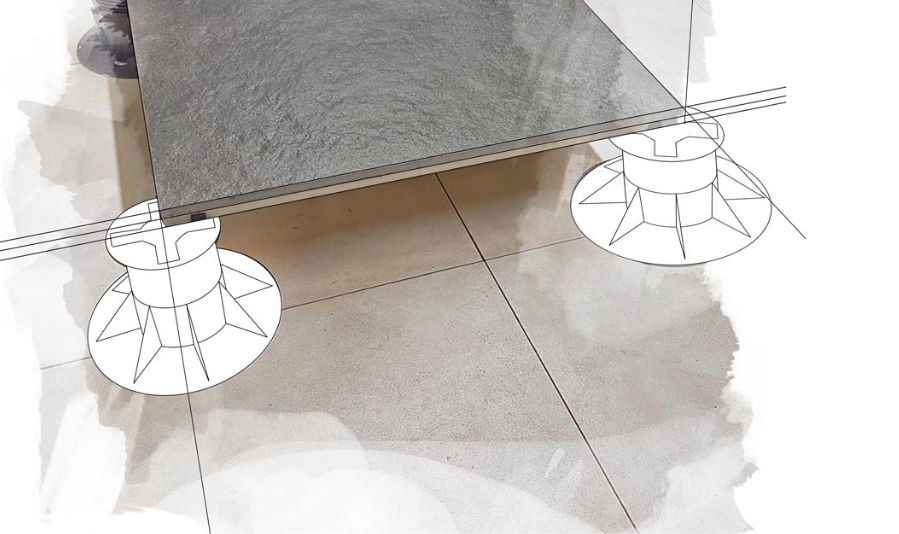
Buying Guide
Integer aliquet sem ut sapien interdum, id efficitur massa maximus. Integer volutpat non erat at tempor. Nullam cursus faucibus sollicitudin. Integer turpis risus, tincidunt vel elementum quis, sagittis a neque. Sed placerat rutrum interdum.

